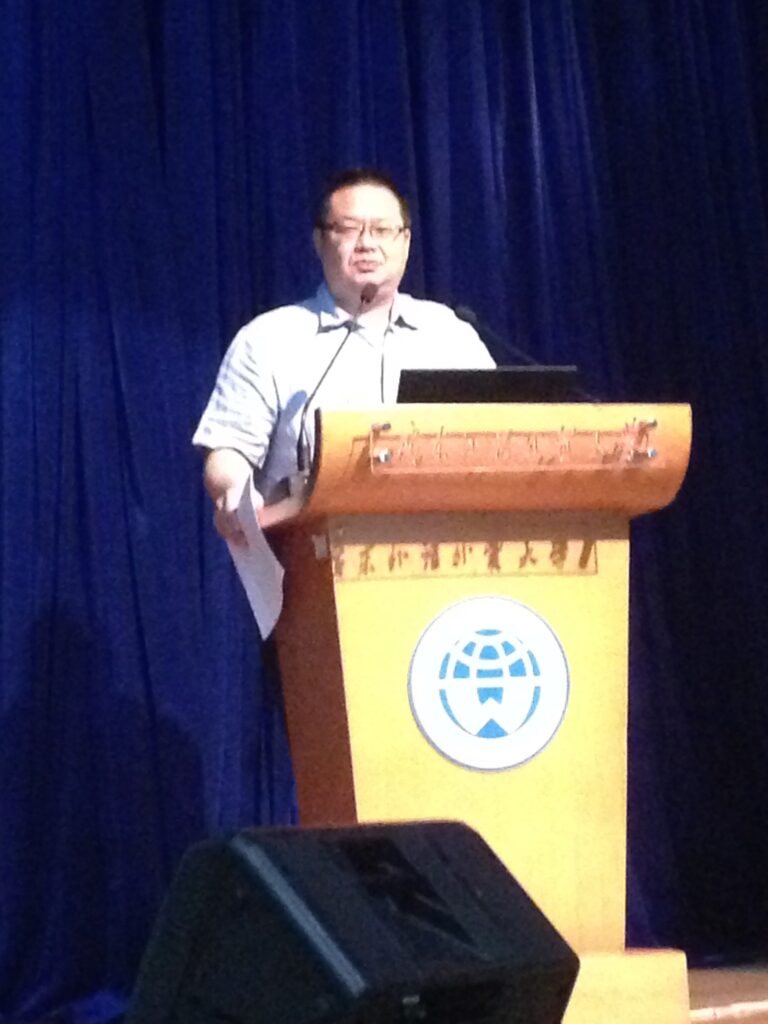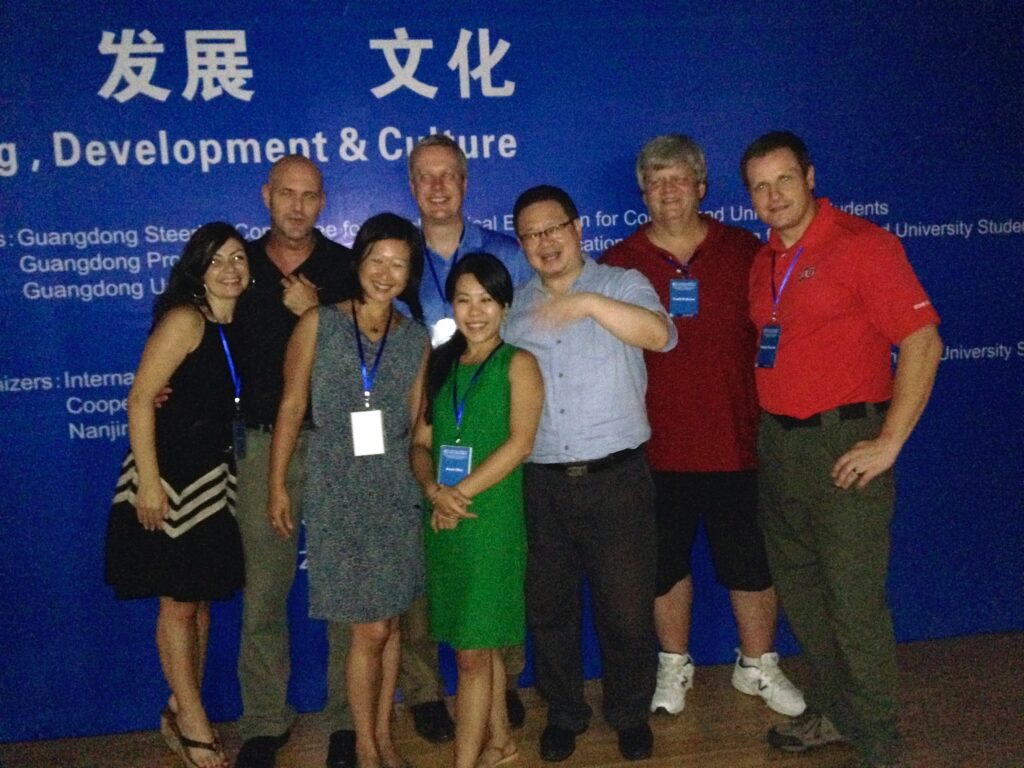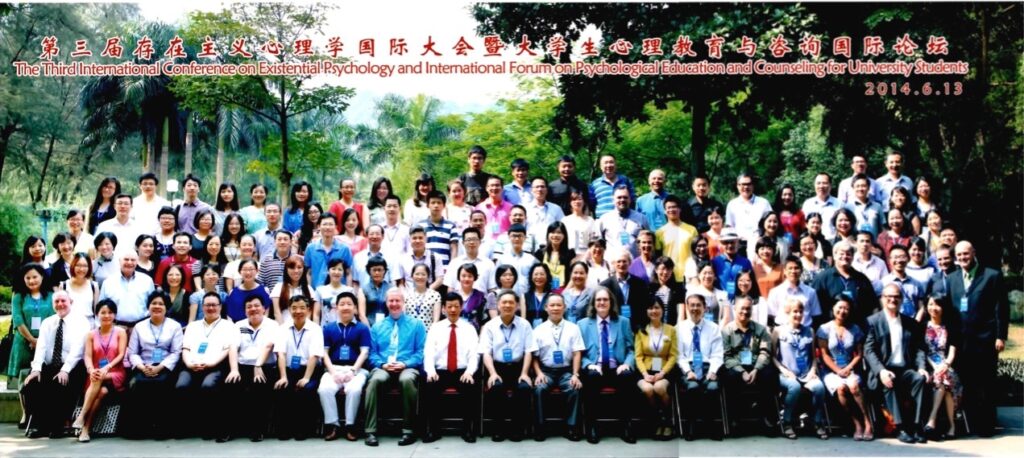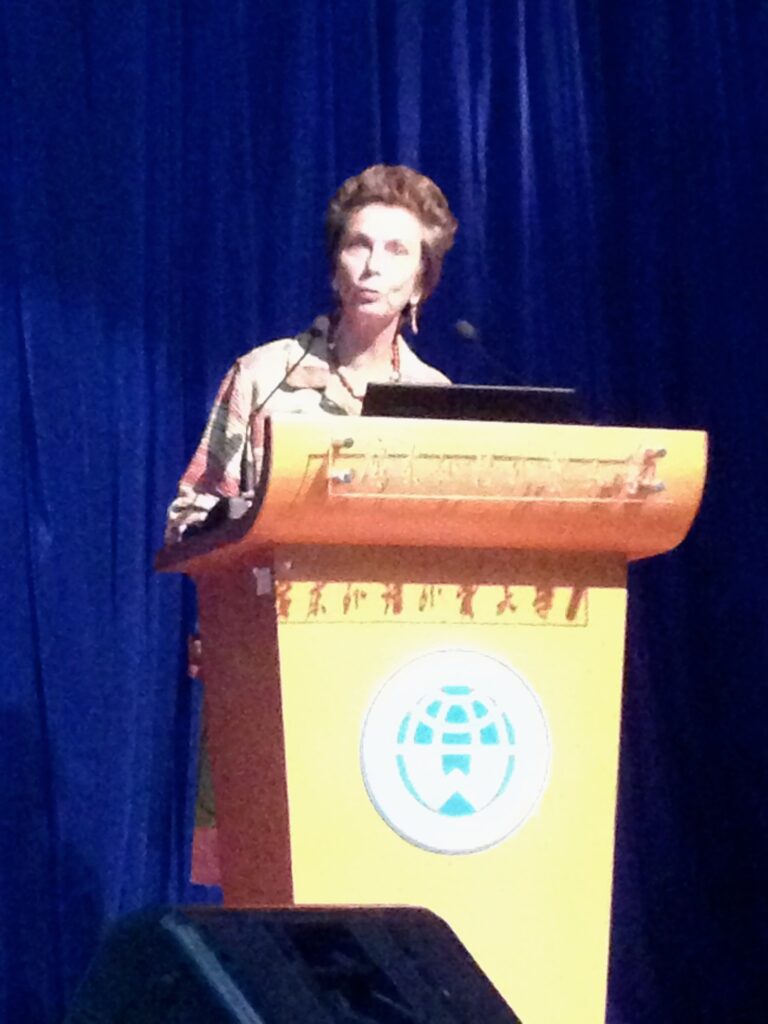This blog was originally published February 11, 2013 on the New Existentialist Blog. It was republsihed here after the New Existentialist Blog was discontinued.
I am up at 5:00 AM on Sunday morning once again to squeeze in a few hours of work before my sons wake up. This, unfortunately, has increased in frequency for me lately. However, it likely does not seem out of the norm or unusual for most United States readers. But should it? And what are the consequences trends like this?

The Erosion of Leisure
An article in The Atlantic several months ago highlighted statistics that have received more attention in the US media: Workers in the US have strikingly fewer vacation days and paid days off when compared with most counties. With the exception of Japan, all the other “advanced” countries had at least twice as many days off as the US.
The obsession with work is evident in many other places. It has long been acknowledged that the 40-hour work week is a thing of the past for most people. In fact, people who try to set boundaries at 40 hours are often seen as lazy, selfish, or not invested in their job. As the economy has struggled, many employees have been asked to take on more tasks and more hours with the same or sometimes less pay. This trend is justified as an “economic necessity.”
Work has also invaded our time away from work. With mobile phones and now smart phones, many individuals are always available for work. A little over a year ago. I decided to stop doing any workrelated
email on weekends. I even took my work email off my smart phone. When I first started doing this, on Monday, I would regularly receive an email or two from people who were either worried or angry that I had not yet responded to an email sent to me Friday evening or over the weekend! Though these are not as common as I have held this boundary, I still generally spend 3-4 hours on Monday catching up on email from the weekend.

Distraction and Leisure
Distraction has become a complementary force challenging the ability to enjoy leisure. With smart phones, many individuals no longer just stand in line or take five minutes to rest. Downtime is filled with checking email, sending texts, updating one’s Facebook status, reading the news, or playing games.
About a year ago, I had been noticing that I was carrying much more stress despite having actually cut back on the number of hours from what I had been used to working for several years. I gradually recognized the role my iPhone was playing in this. The time that I used to spend processing the events, ideas, and emotions of the day was replaced with checking email and reading the news, or occasionally playing a game on my phone. These distractions (and I include work here as a distraction) had taken over my time for emotional processing. As I stopped misusing my iPhone in this manner, I quickly began noticing some positive change.
Mindfulness and the Here-and-Now: Solution or Quick Fix
It ought not be surprising that mindfulness has become a rage in the wake of our society obsessed with work and distraction. However, I think it is important to ask if this is really a solution. I believe it can be, but more often is not. The mindfulness craze today is frequently applied quite differently than in its Buddhism origins. Too often, mindfulness, particularly in the US, has been changed from a way of being into a quick fix. Mindfulness becomes another thing to fit into our schedule or another thing to do.
There are many similarities between mindfulness and the existential idea of “being in the hereandnow.” It is important not to reduce these concepts to merely being the same thing from different origins with different language. To be sure, there are many significant differences between them. However, mindfulness is something that fits quite well with existential practice because it bears similarity to many long held values of existential psychology, such as the hereandnow and self-awareness.

Mindfulness and the Here-and-Now as a Way of Being
Both the here-and-now and mindfulness encourage one to be present and aware in the moment. They encourage us to take in our experiences, to be aware, and to learn from them. This is important for emotional processing and psychological health. Mindfulness and the here-and-now, when not practiced as a quick fix, have the potential to add great depth and substance to our experience and our relationships. While some benefit may be derived from fitting these into our lives in a techniquelike
manner, far greater benefits emerge when these are integrated into our way of being.
Existential psychology has long been suspicious of the “technique culture” in psychotherapy and quick fixes in life in general. It is not that existential therapists do not recognize that some benefit can be derived from techniques and quick fixes, but rather that existential therapy is more interested in an approach focusing on changing one’s way of being. This is why James Bugental (1992) preferred to use the distinction between solution-focused therapy, which generally focused on quick fixes, and life-changing psychotherapy, which focused on impacting deeper changes in the way a person engages life. There is nothing wrong with a quick fix in most situations. However, we must recognize that it cannot replace the depth and substance of a life change.
Cultural Therapy for Our Work Obsession
American culture is desperately in need of a lifechanging therapy for its work obsession. The psychological and physical consequences of continuing in the direction we are heading will be enormous. I am sure many will question how realistic it is to begin making these changes during a time when the economy is struggling. However, there will always be excuses and legitimate reasons available to avoid making the change. Yet, the change is needed here, and now.
References
Bugental, J. F. T. (1992). The art of psychotherapy: How to develop the skills that take psychotherapy beyond science. New York, NY: Norton & Company.
~ Louis Hoffman
Note: Although this site is owned by Louis Hoffman, it supports the Rocky Mountain Humanistic Counseling and Psychological Association (RMHCPA), which is a 501(c)3 nonprofit organization. As an Amazon Associate, RMHCPA earns from qualifying purchases made through the links on this page.












